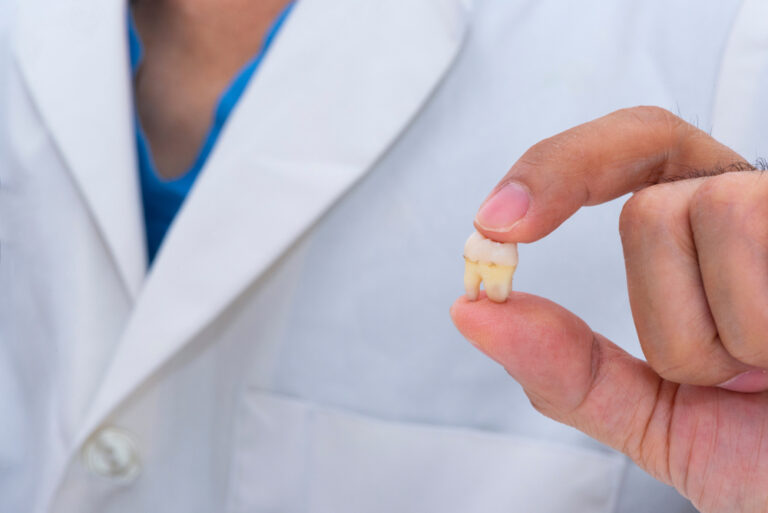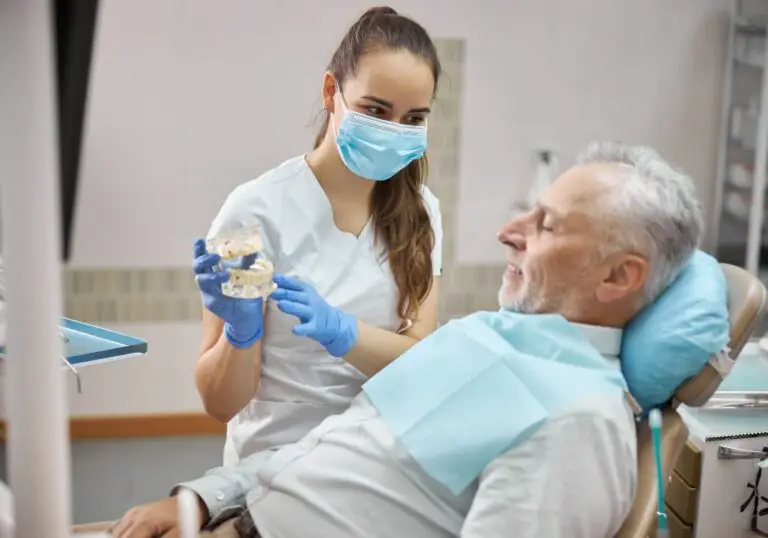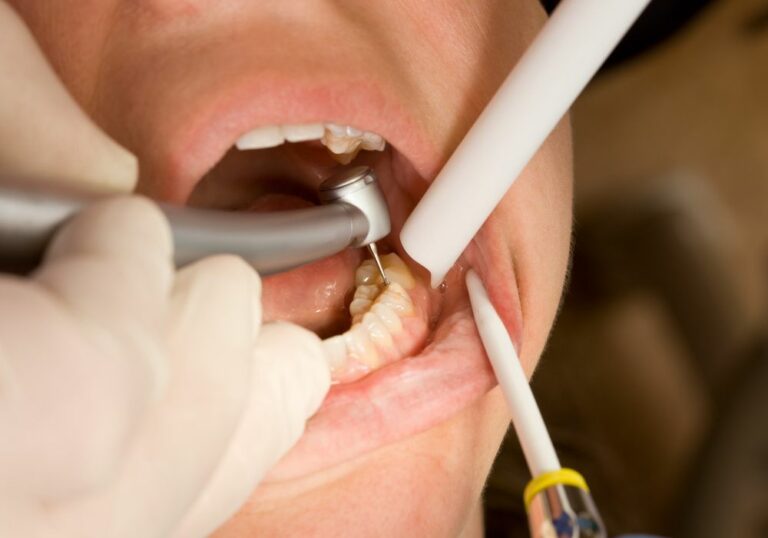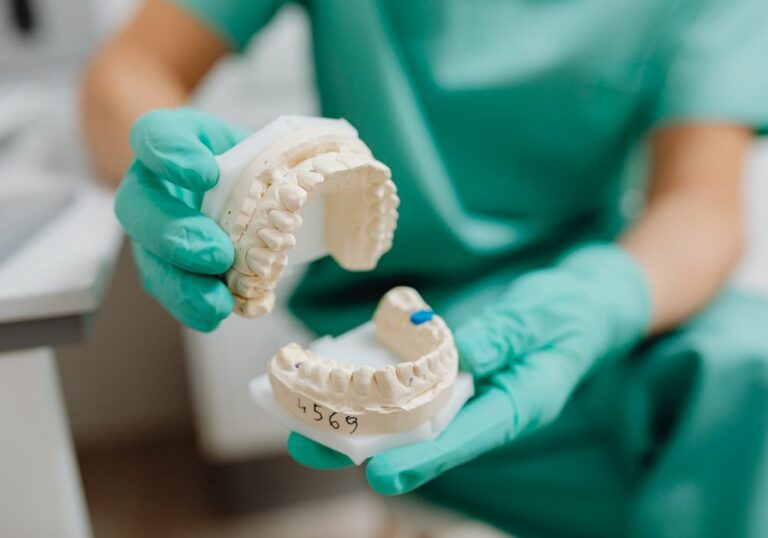Getting your wisdom teeth extracted is a rite of passage for most young adults. While wisdom tooth removal is generally a quick, routine surgery, recovery does take some time.
During the healing process, you’ll be limited to a liquid or soft food diet. But what exactly constitutes soft foods? And what nutritious real foods can you actually eat to get the protein and nutrients you need after surgery?
In this detailed guide, we’ll cover:
- Why a soft food diet is crucial after extractions
- Foods to focus on and avoid each stage of recovery
- Nutritious options for proteins, fruits, veggies, and grains
- Simple recipes and meal ideas for the first 2 weeks
- Safe eating tips to follow post-surgery
- When and how to progress your diet and resume normal eating
Follow these diet guidelines and suggestions to make sure you heal quickly while still eating real, nourishing foods after wisdom tooth removal.
Why a Soft Food Diet Is Crucial After Extractions?
After wisdom tooth extraction, it’s vital to stick to soft foods as directed by your oral surgeon, usually for 7-14 days depending on your personal healing. But why is a soft diet so important?
First, chewing crunchy or hard foods can disrupt the surgical site where your tooth was extracted. This can cause bleeding, pain, swelling, and delay healing.
Second, bits of hard food could become trapped in the open socket where your tooth was removed. This raises your risk of infection and dry socket, an extremely painful complication.
Third, chewing and swallowing is more difficult and uncomfortable after surgery. Soft foods reduce the need to chew extensively, lowering your chances of swallowing issues.
Finally, certain spices, acids, salts, and sugars in some foods may irritate the surgery site. Soft, mild foods are gentler during initial healing.
So while limiting your diet to soft foods may feel dull, it actually protects the extraction site and helps ensure proper, swift healing after dental surgery. Listen to your oral surgeon and avoid anything potentially irritating for at least 1-2 weeks.
Best Soft Foods to Eat By Stage of Recovery
The soft food diet after wisdom teeth removal can be broken down into different stages:
- Days 1-3 – Liquids and pureed foods
- Days 4-7 – Very soft, mashed foods
- Days 8-14 – Soft, well-cooked foods
As you progress through these stages, you can gradually reintroduce more variety and textures in your diet. But avoid hard, crunchy foods for 4 full weeks after surgery.
Here are some of the best nutritious real foods to focus on during each recovery stage.
Stage 1: Days 1-3 After Surgery
In the first 72 hours after your extractions, stick to a liquid diet for the softest options. Drink plenty of cool, soothing fluids.
Drinks:
- Water
- Ice chips
- Clear juices and sports drinks – Apple, cranberry, lemonade
- Clear broths – Chicken, vegetable, bone broth
- Milk and dairy – Milkshakes, smoothies, yogurt drinks
- Meal supplements – Ensure, Boost, protein shakes
Pureed Foods:
- Mashed banana or avocado
- Applesauce or pureed fruit
- Mashed sweet potatoes or peas
- Instant oatmeal, cream of wheat
- Cottage cheese, ricotta cheese, yogurt
- Pureed soups – Tomato, butternut squash
Stage 2: Days 4-7 After Surgery
After a few days, you can progress to very soft, mashed foods that take minimal chewing but provide calories and protein.
Proteins:
- Scrambled eggs
- Mashed tuna fish or salmon
- Shredded chicken or turkey
- Refried beans, soft tofu
- Mince meat in gravy
- Greek yogurt
Fruits and Vegetables:
- Mashed fruits – Bananas, peaches, melon
- Applesauce
- Pureed vegetables
- Mashed potatoes or sweet potatoes
- Well-cooked vegetables – Carrots, spinach, squash
Grains:
- Oatmeal, grits, cream of wheat
- Mashed pasta
- White rice, mashed potatoes
- Soft bread – White, wheat, rolls, biscuits
- Pudding
Stage 3: Days 8-14 After Surgery
Over a week after surgery, you can expand your diet to include soft, well-cooked foods that can be mashed and chewed mostly with your gums.
Proteins:
- Eggs
- Tender, moist cooked meats – Chicken, fish
- Ground or well-cooked red meat
- Casseroles – Tuna noodle, chicken & rice
- Bean soups and stews
- Tofu
- Cheese
Fruits and Vegetables:
- Cooked, tender vegetables
- Fresh soft fruits – Melons, berries, citrus
- Canned fruits
- Vegetable soups and stews
Grains:
- Cooked cereals
- Well-cooked pasta
- Macaroni & cheese
- Muffins and breads
- Cooked grains
- Hummus and bean dips
Foods to Completely Avoid After Wisdom Teeth Removal
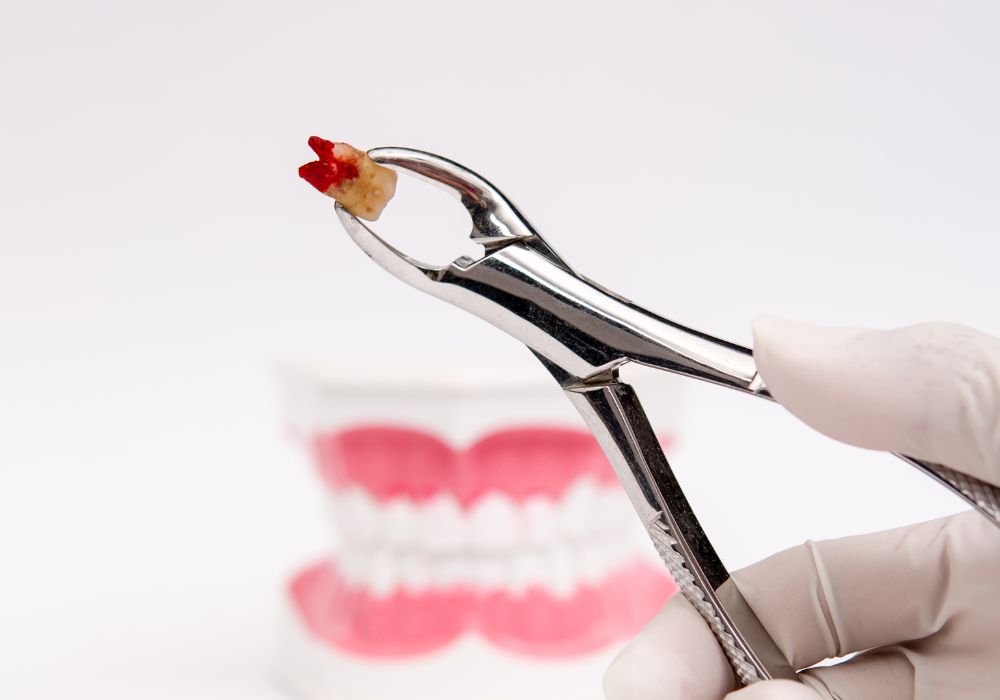
While you’ll need to limit your diet temporarily, some foods should be avoided completely right after surgery. Steer clear of anything that is:
- Chewy or crunchy – chips, nuts, seeds, granola, toast, bagels, pizza crust
- Hard, tough, or dry – beef jerky, shredded meats, steak
- Popcorn or small particles – rice, quinoa, barley, couscous
- Raw and hard vegetables – carrots, celery, broccoli, salads
- Extremely hot in temperature – Hot soups, hot drinks
- Spicy – Chili peppers, salsa, hot sauce
- Acidic – Citrus, tomatoes, vinegar
- Sticky or harsh – peanut butter, caramel
Tip: If you want a normally hard or chewy food, try blending or juicing it into a smoothie or soup.
Also avoid straws, sharp utensils, alcohol, and smoking during the entire recovery process.
Simple Recipes for the First 2 Weeks After Surgery
To make eating soft foods more exciting, try out some simple recipes. Here are nourishing meal ideas using soft ingredients for the first 2 weeks after wisdom teeth removal:
Smoothies
Blend nutritious ingredients into a drinkable meal:
- Peanut butter banana smoothie – Banana, peanut butter, milk, honey
- Green power smoothie – Spinach, mango, Greek yogurt
- Berry protein smoothie – Berries, banana, yogurt, protein powder
Soups
Puree vegetables and protein or try canned:
- Creamy potato soup – Potatoes, onions, carrots
- Tomato basil soup
- Chicken noodle soup
- Vegetable beef soup
- Lentil or black bean soup
Breads
Toast soft bread and mash toppings:
- Avocado toast – Mashed avocado on soft bread
- Banana bread – Sliced ripe banana on bread
- Nut butter toast – Almond or cashew butter
- Ricotta toast – With honey or jam
Eggs
Scramble, poach, or soft boil:
- Scrambled with cheese and salsa
- Poached on mashed avocado toast
- Soft boiled with salt and pepper
- Veggie frittata – Eggs, spinach, peppers, onion
Pasta
Cook until very soft and top with soft sauces:
- Macaroni and cheese
- Pasta primavera – Veggies and cheese sauce
- Chicken alfredo
- Pasta with meat sauce
Desserts
Indulge your sweet tooth with soft treats:
- Chocolate mousse or pudding
- Applesauce
- Mashed banana “ice cream”
- Frozen yogurt
- Milkshakes
- Italian ices or popsicles
Tips for Safe Eating After Wisdom Teeth Removal
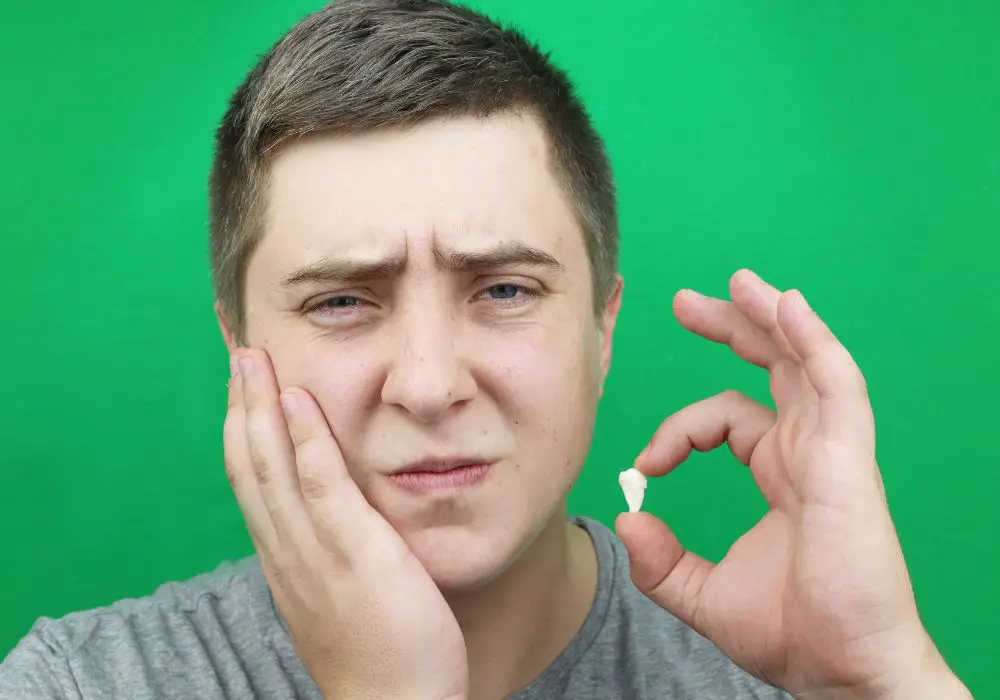
To avoid potential complications, be cautious when eating for 1-2 weeks after surgery:
- Cut all foods into tiny pieces to reduce chewing
- Use your front teeth to bite and back teeth to mash
- Avoid extremely hot or cold foods
- Rinse your mouth gently after eating, don’t swish forcefully
- Eat slowly and mindfully
- Stay hydrated by drinking fluids between meals
- Avoid straws or sharp utensils
- Consider a child sized spoon to limit large bites
- Sit upright while eating to avoid choking
- Take pain medication before meals if needed
Let pain and discomfort guide you – if anything causes significant pain, stop eating it. Report any worrisome symptoms to your oral surgeon.
When to Progress Your Diet After Wisdom Teeth Removal?
When can you start eating normally again? Here are general guidelines for progressing your diet after surgery:
- Week 1 – Liquids and purees only
- Week 2 – Very soft foods, minimal chewing
- Weeks 3-4 – Soft, well-cooked foods
- Week 5 – Slowly resume regular diet as comfortable
- After 1 month – You may eat crunchy foods again
But timelines vary. Discuss a plan with your oral surgeon based on your unique healing process. Some key factors include:
- If teeth were impacted – may require a longer soft food period
- If you had an open extraction – no stitches, may heal faster
- If you had infections or complications – slower healing expected
Let your symptoms guide you. Only progress your diet once you can comfortably chew and swallow soft foods. Don’t rush back to hard, crunchy foods too soon.
Signs You Can Resume a Normal Diet
How do you know when it’s safe to eat normally? Watch for these signs:
- Swelling has gone down
- Pain and tenderness have decreased
- Extraction sites have closed
- You can open your mouth normally
- You can chew soft foods comfortably on both sides
- You are no longer taking prescription pain medication
Once most of your pain and symptoms have resolved, try adding some crunchier foods like crackers back into your diet. If you tolerate them well without any pain or irritation, you can likely resume a normal diet. But stick to softer foods if you notice continued discomfort or sensitivity.
Getting Proper Nutrition After Wisdom Tooth Extraction
While following a soft food diet, be sure you still get balanced nutrition to help power your recovery:
- Protein – Meat, eggs, dairy, beans, nuts
- Fruits and vegetables – For vitamins and minerals
- Grains – For energy
- Healthy fats – Olive oil, nut butters, avocado
- Hydration – Water, juices, smoothies
If you are having trouble getting enough calories and protein from soft foods, try adding nutritional supplements like Ensure, Boost, or protein powders.
Let your body focus its energy on healing – getting sound nutrition makes a big difference in your recovery timeline and comfort.
When to Call Your Dentist After Extractions?
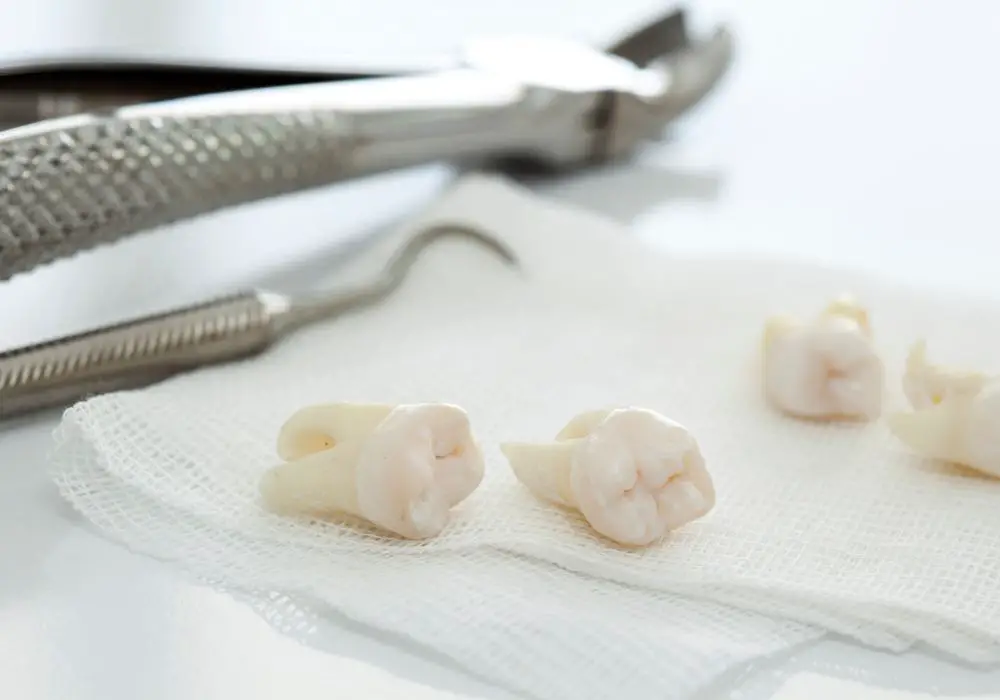
Contact your oral surgeon if you experience any of the following:
- Bleeding that won’t stop
- Bad breath or pus
- Red, swollen, or severely painful gums
- Pain that gets worse over time
- High fever
- Difficulty swallowing over 3-4 days
- Signs of dehydration – dizziness, lack of urination
Report any issues promptly to prevent complications and get back on track with recovery. With proper care, you’ll be eating crunchy French fries again before you know it!
Conclusion
Eating only soft foods may feel restrictive at first. But sticking to a soft diet with nutritious proteins, fruits, vegetables, and grains can promote comfortable, swift healing after wisdom teeth removal. Focus on soft, cool foods that don’t require extensive chewing for 1-2 weeks based on your unique recovery process. With some preparation and patience, you’ll be back to corn on the cob and pizza crusts before you know it!
Frequently Asked Questions
1. When can I eat solid food after wisdom teeth removal?
You should stick to soft foods only for at least 7-10 days after surgery. After 2 weeks, you can slowly begin to add some solid foods back into your diet, but avoid very hard or crunchy foods for a full month.
2. What soft foods can I eat after wisdom teeth removal?
Good soft food options include mashed fruits and vegetables, scrambled eggs, oatmeal, mashed potatoes, pasta, soft chopped meats, smoothies, milkshakes, pudding, applesauce, yogurt, soup, and soft breads.
3. How long should I eat soft foods after wisdom teeth removal?
You’ll need to follow a soft food diet for around 1-2 weeks after surgery, or as directed by your oral surgeon based on your healing process. This allows the extraction sites to fully close before reintroducing harder foods.
4. When can I start eating solid food again after wisdom teeth?
Barring complications, you can start slowly adding some solid but soft foods back into your diet after about 10-14 days. But avoid very hard, crunchy foods for at least a month. Let your unique healing timeline guide you.
5. What happens if I eat solid food too soon after wisdom teeth removal?
Eating solid foods too soon could dislodge the clots in the extraction sites and delay healing. It also raises your risk of developing a painful dry socket. Stick to a soft food diet as long as your surgeon recommends.

